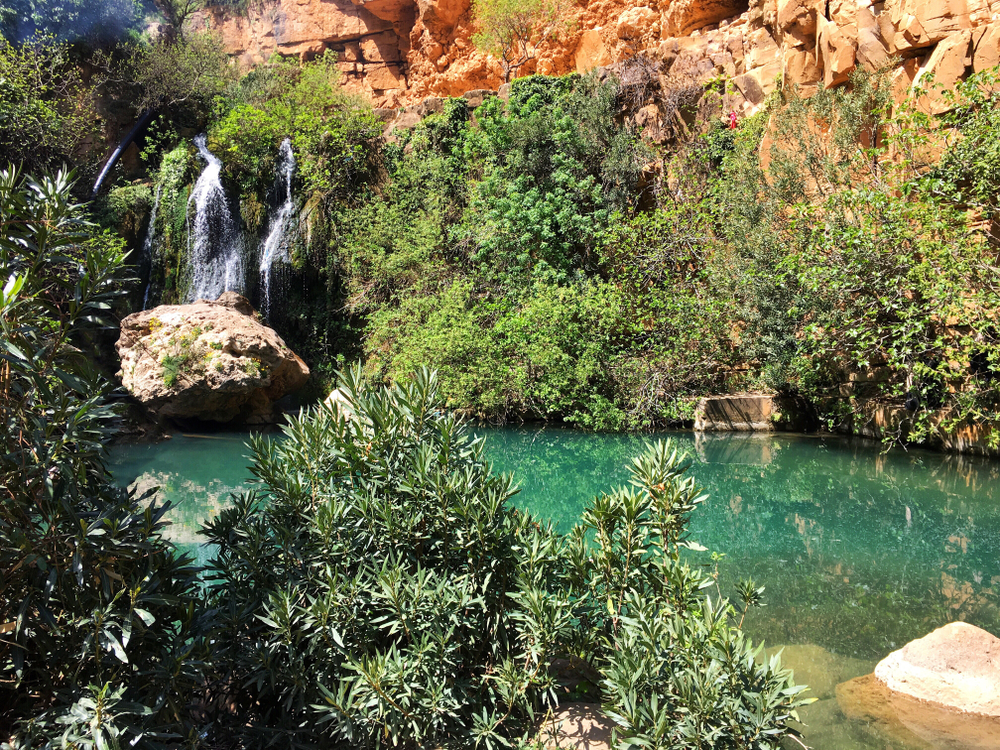Djebel Aissa Overview
Djebel Aissa National Park is a protected area located in the central-western region of Algeria, within the Saharan Atlas mountain range. Covering an area of approximately 211 square miles (546 square kilometers), the park is named after Mount Djebel Aissa, which rises to a height of 7,366 feet (2,245 meters) and dominates the landscape. The park’s rugged terrain is characterized by steep cliffs, deep valleys, and arid plateaus, creating a unique natural environment that supports diverse ecosystems.
Djebel Aissa National Park is known for its rich biodiversity, with a variety of flora and fauna that have adapted to the harsh semi-arid climate. The park is home to several plant species, including the Aleppo pine, juniper, and wild rosemary, which thrive in the mountainous environment. Wildlife in the park includes Barbary sheep, golden jackals, and wild boars, as well as a variety of bird species such as eagles, vultures, and larks. These species, along with the park’s scenic landscapes, make it an important site for conservation and ecotourism.
In addition to its natural beauty, Djebel Aissa National Park holds cultural significance, with evidence of human occupation in the region dating back thousands of years. The Berber communities that have historically inhabited the area maintain a strong connection to the land, and traces of ancient settlements can still be found within the park. This blend of natural and cultural heritage offers visitors a unique experience, combining outdoor adventure with a sense of history.
Popular activities in the park include hiking, wildlife observation, and photography. The rugged trails offer breathtaking views of the surrounding mountains, while the park’s remote and peaceful atmosphere provides an ideal escape into nature. Djebel Aissa National Park is a hidden gem that offers an enriching experience for nature lovers and adventure seekers alike. It also provides a connection to the historical and cultural aspects of the region.
















































































